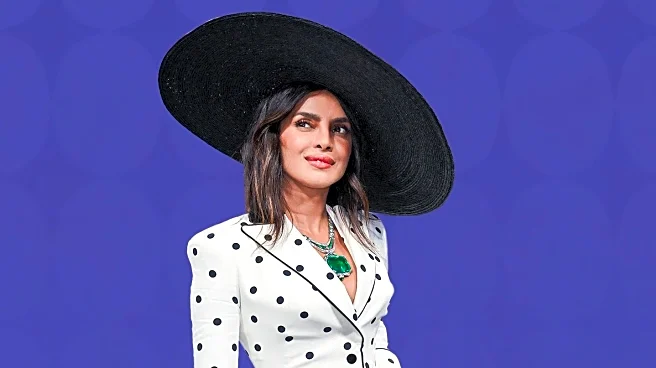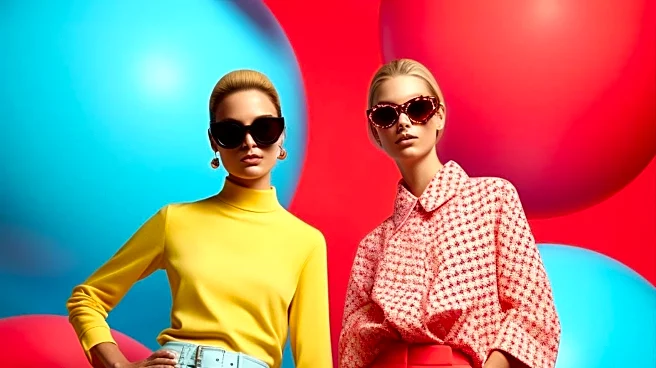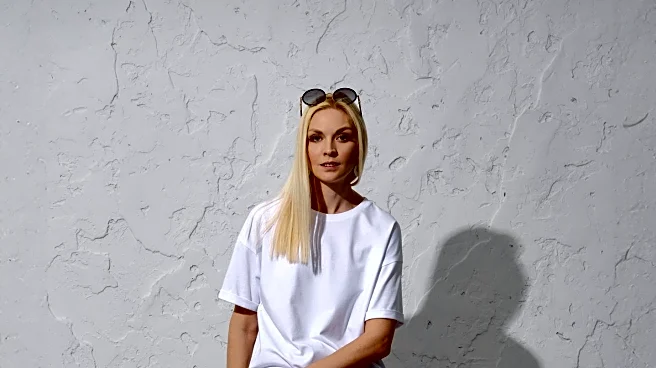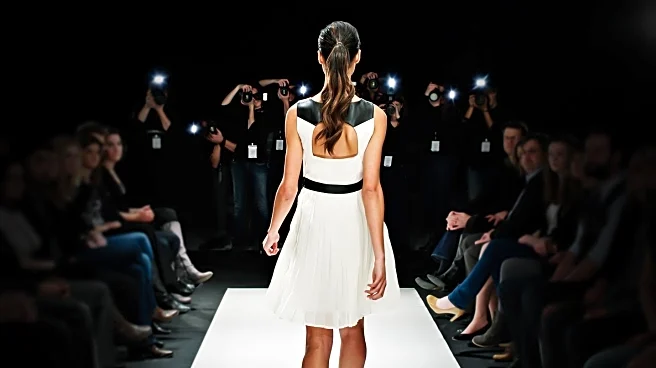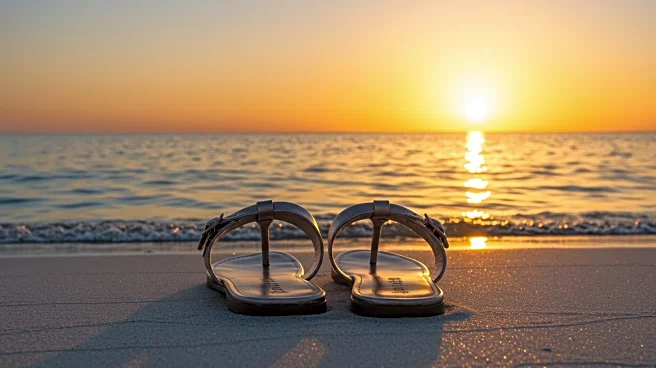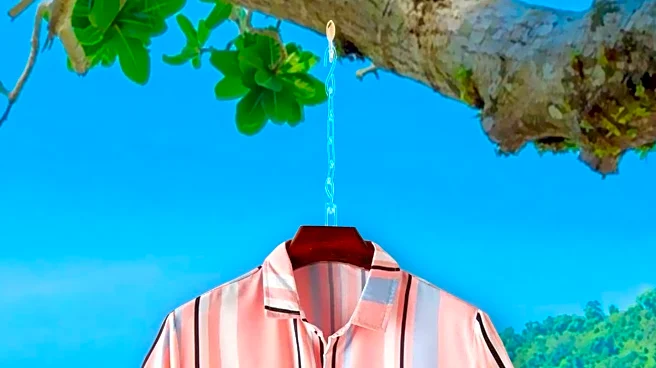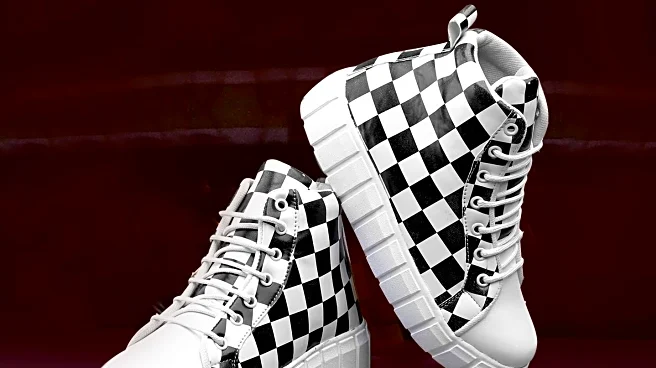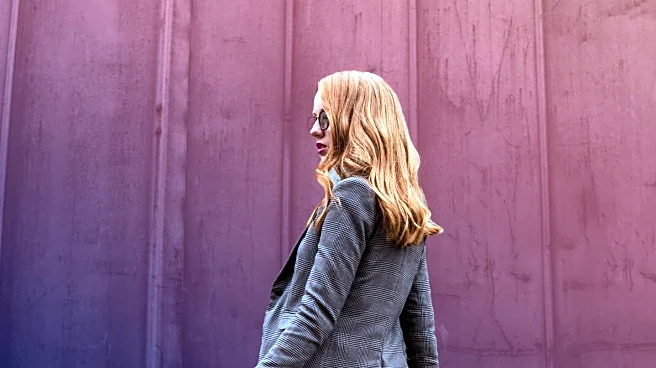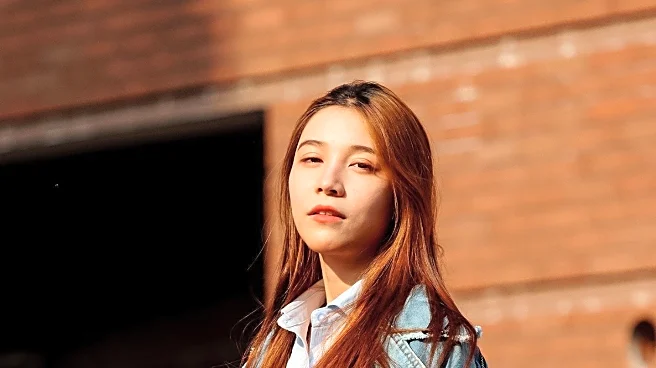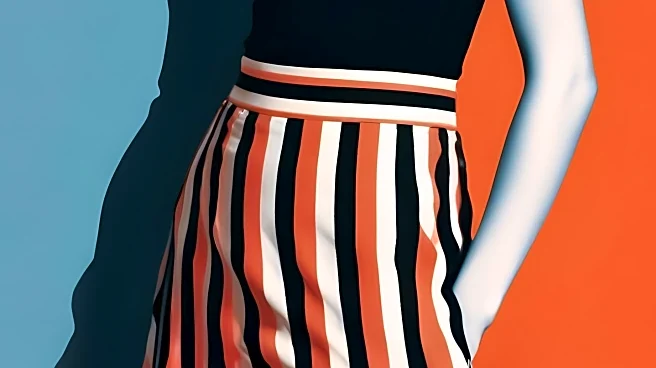What is the story about?
What's Happening?
Copenhagen Fashion Week showcased a variety of street style trends, with polka dots emerging as the standout pattern. Caroline Bille Brahe’s Caro Editions led the charge with polka dots featured on leggings and jackets. The event also saw fashion enthusiasts embracing whimsical accessories like Labubu charms and rat bags, which are stylized versions of rats. Additionally, the layered slips trend from The Row and balloon pants from Alaïa drew inspiration from Parisian fashion. These trends reflect a playful and eclectic approach to fashion, emphasizing fun and creativity.
Why It's Important?
The trends emerging from Copenhagen Fashion Week highlight a shift towards more playful and expressive fashion choices. This movement could influence global fashion markets, encouraging designers and brands to incorporate more whimsical elements into their collections. The emphasis on unique patterns and accessories may appeal to consumers seeking individuality and creativity in their wardrobe. As Copenhagen continues to establish itself as a fashion hub, these trends could impact retail strategies and consumer preferences worldwide.
What's Next?
Fashion designers and brands may look to incorporate these playful elements into upcoming collections, potentially influencing trends in other major fashion weeks. Retailers might adjust their inventory to include more polka dot patterns and quirky accessories, responding to consumer demand for unique and expressive fashion items. The success of these trends could lead to collaborations between Scandinavian designers and international brands, further expanding the reach of Copenhagen's fashion influence.
Beyond the Headlines
The playful trends seen at Copenhagen Fashion Week may reflect broader cultural shifts towards embracing individuality and creativity. As consumers increasingly seek fashion that allows them to express their personality, brands may need to adapt by offering more diverse and customizable options. This trend could also influence sustainable fashion practices, as consumers look for unique pieces that stand out rather than mass-produced items.
AI Generated Content
Do you find this article useful?
